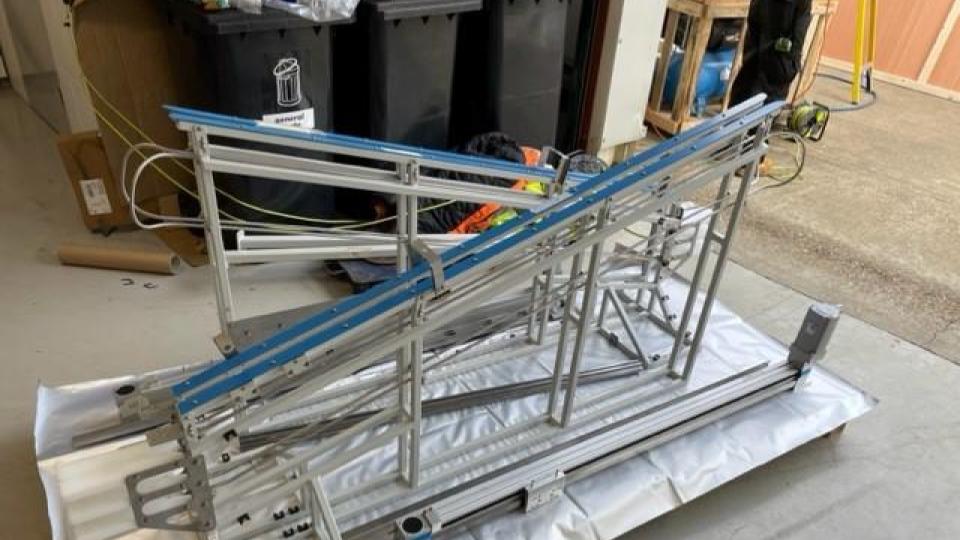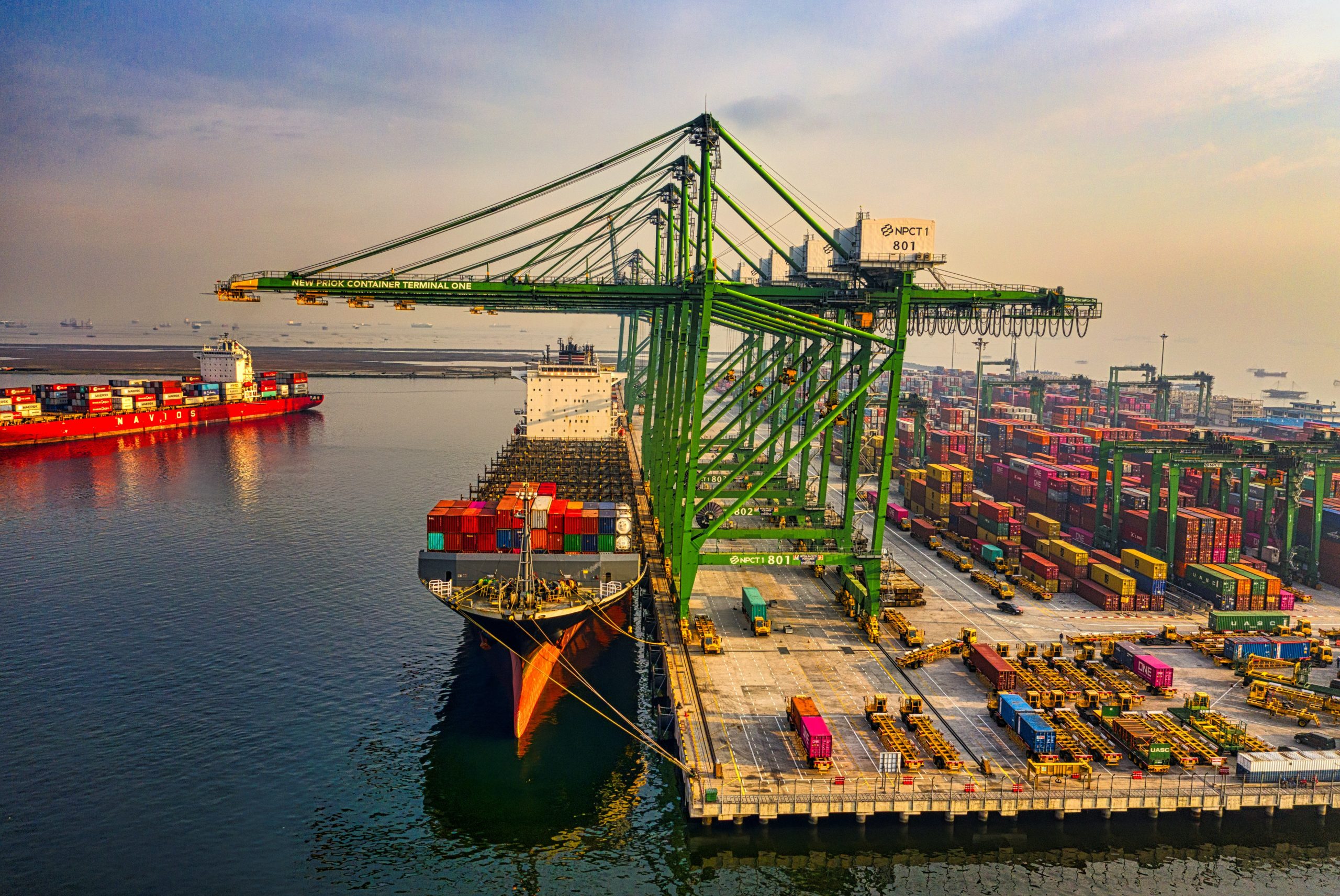John Pipe Case Study – Location: Norfolk
Tide Waits For No Man: Packing a Giant Machine Against the Clock
John Pipe have partnerships right across the country, so distance wasn’t an issue when we were requested to support an existing client with a project further afield – packing a very large machine over a very short period of time. This was a highly sensitive, advanced piece of automated packaging machinery capable of making fully recyclable cardboard containers at an impressive rate of 216 units a minute. The machine and its various stations were able to fold, glue, and position a foil bladder within a screw-capped cardboard bottle capable of containing liquids like oils through to spirits.
Here’s the story of how John Pipe were able to take on the challenge.
Interested in hearing project lead Jon Bradley’s take on the story? Listen to the audio below.






























